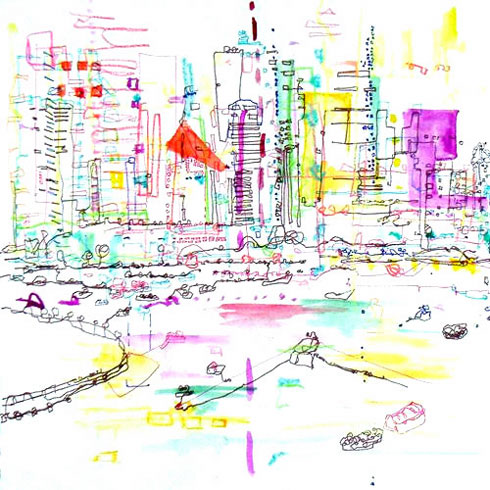
It was at the end of 1990s that I was doing my MSc in Information Studies at NTU, graduating in 2000. Photo by JE Nilsson, 2009.
My academic career has taken me through several institutes of education, and the Division of Information Studies (DIS) at the Nanyang Technological University of Singapore (NTU) has been one of them.
It was a part-time Master of Science course that I took with NTU, while pursuing my Master of Arts at NUS full-time. The schedule was gruelling but nonetheless manageable, with mornings through afternoons spent at NUS, and evenings spent at NTU. I thought it all fine, till exam period came along and it became darkly humorous at one point, when I found myself sitting for papers in the mornings at NUS and evenings, at NTU!
Perhaps it was that I spent mostly evenings at NTU, when the greater student population would have gone home or be back at their hostels that I found the place generally more relaxing than my time at NUS. The long corridors of the NTU wings seemed to help sort your thoughts as you walked to and from classes, pondering the day’s lectures or simply unwinding as you stepped away from the lecture hall.
As I’m now looking to pursue new research projects, I realize that my research interests have always been cross-disciplinary in nature. That I found myself wanting to learn about information management (at NTU) whilst majoring in the English language (at NUS) was just the beginning of it! These days, it’s linguistics, organization science and information management that draws my attention.
With NTU being in the top 1% of the world’s universities (together with Swedish universities such as Lund and Uppsala) it was not surprising that DIS at NTU has put into practice the use of social media, as a medium of contact and social networking and also giving it a place in the education system.
To Prof. Chris Khoo, Head of DIS, NTU: Thank You for updates and contacts!
Cheryl

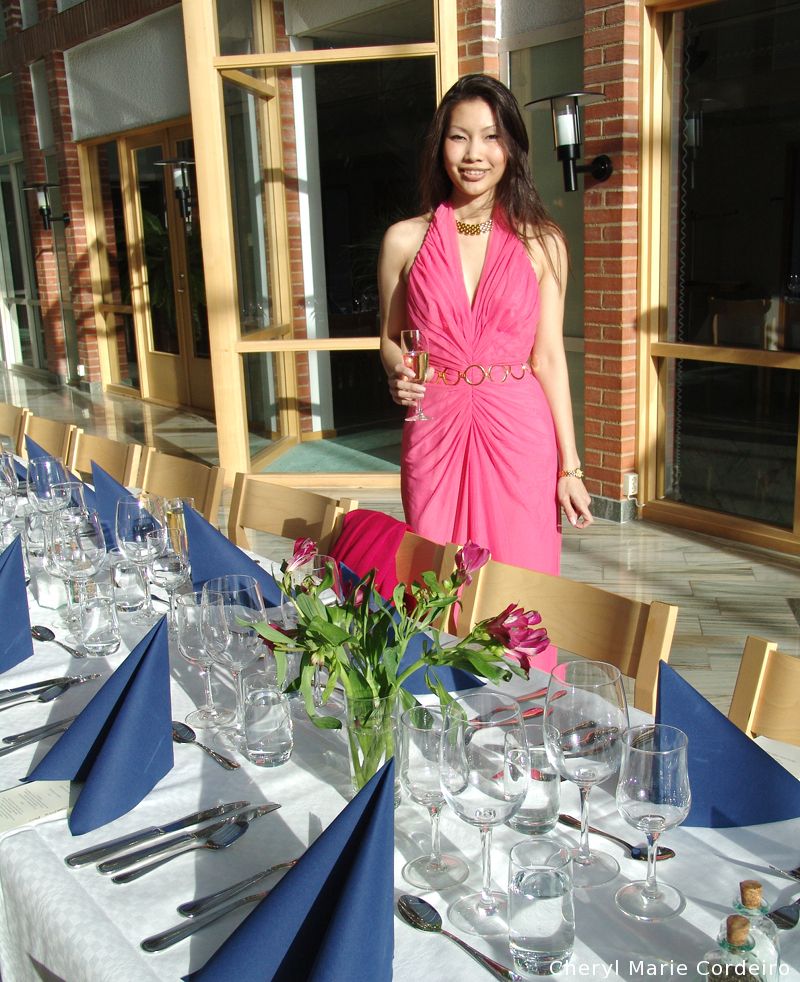
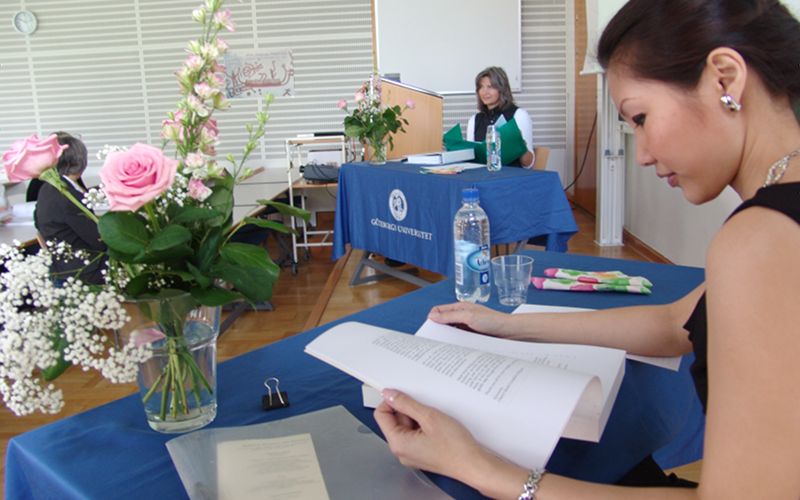
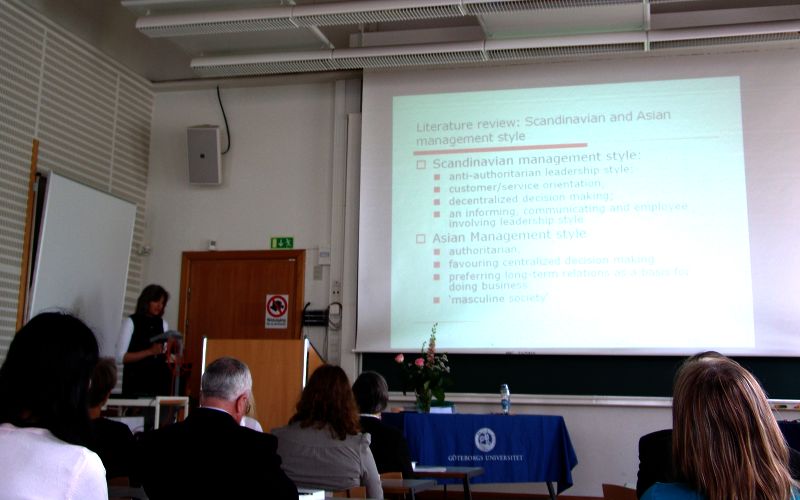
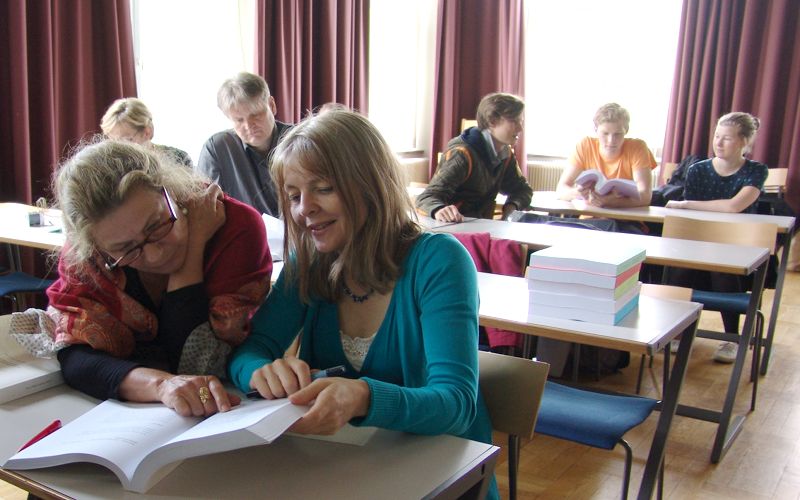
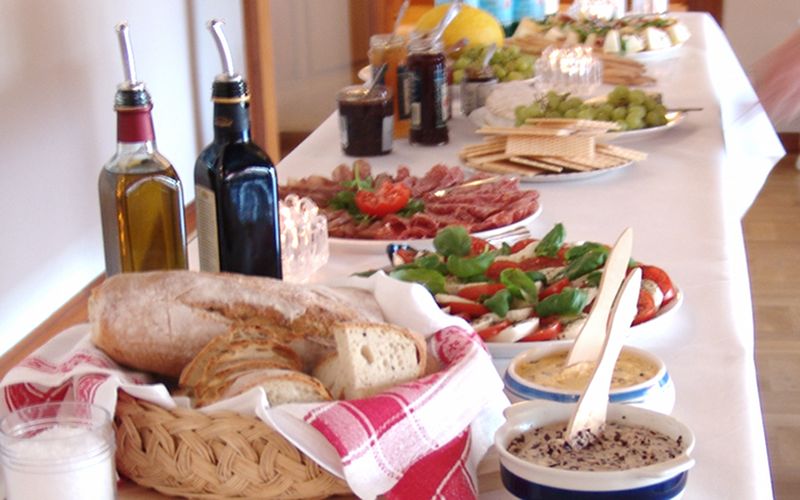

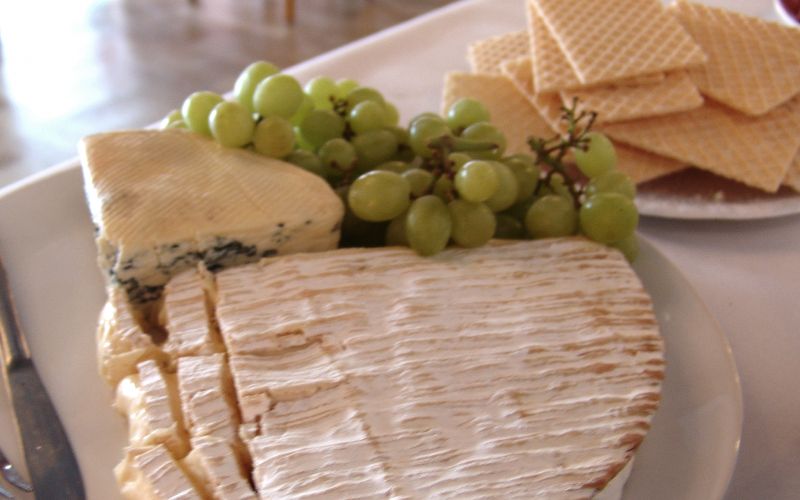
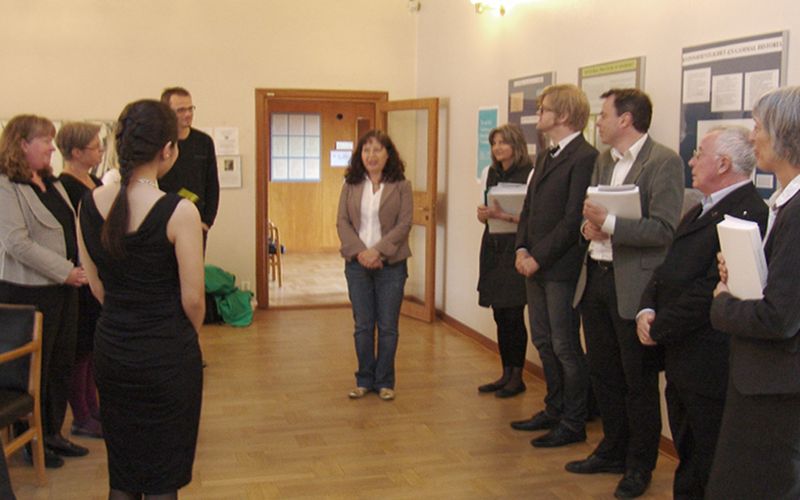
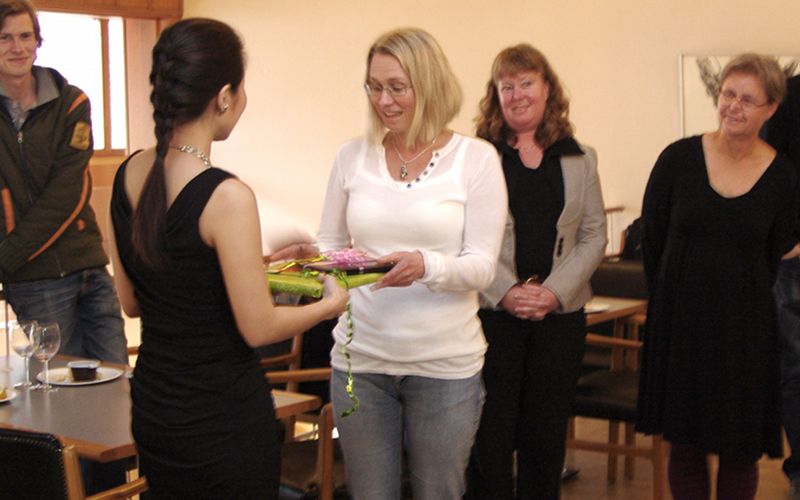
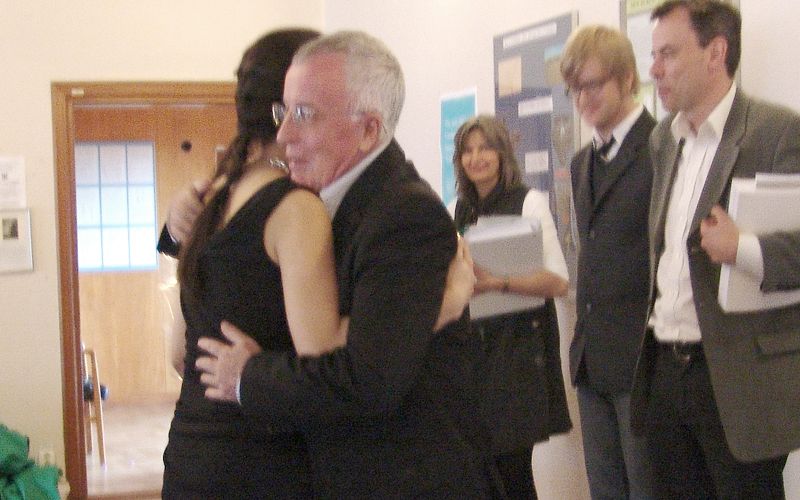
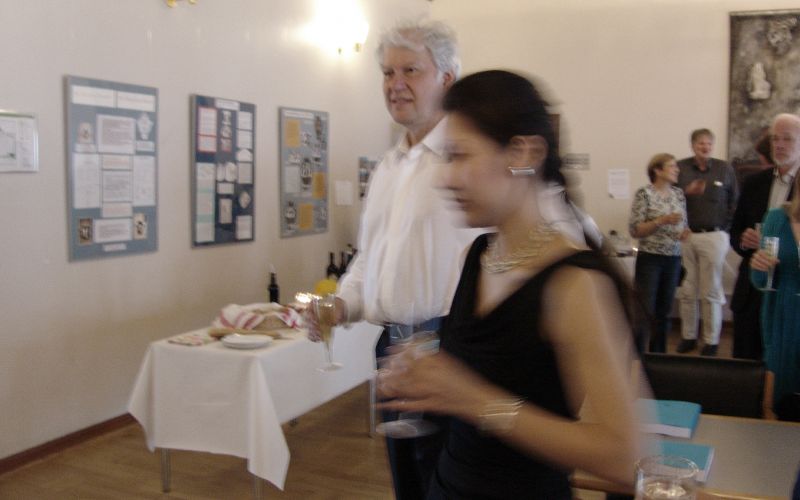
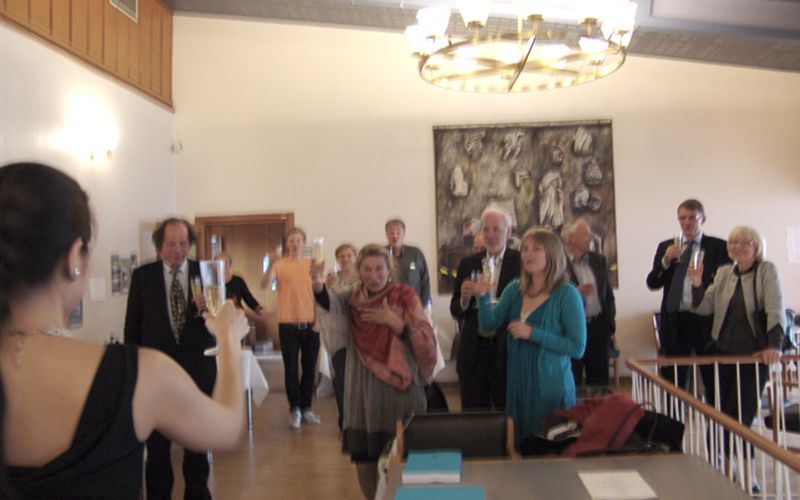
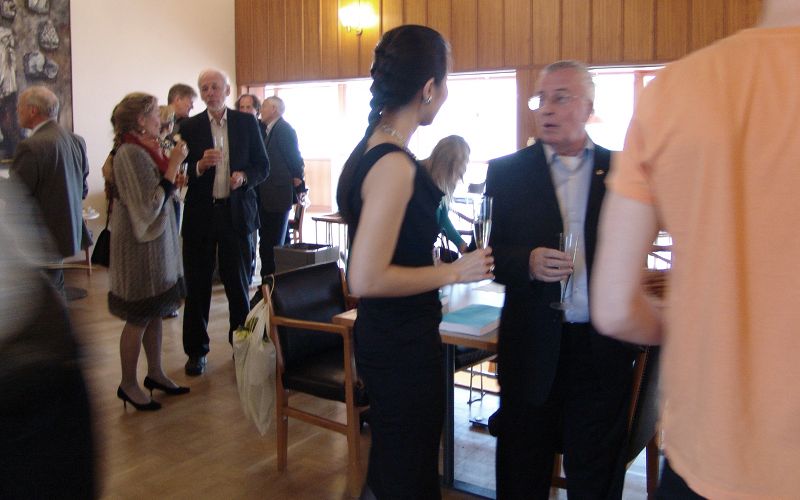
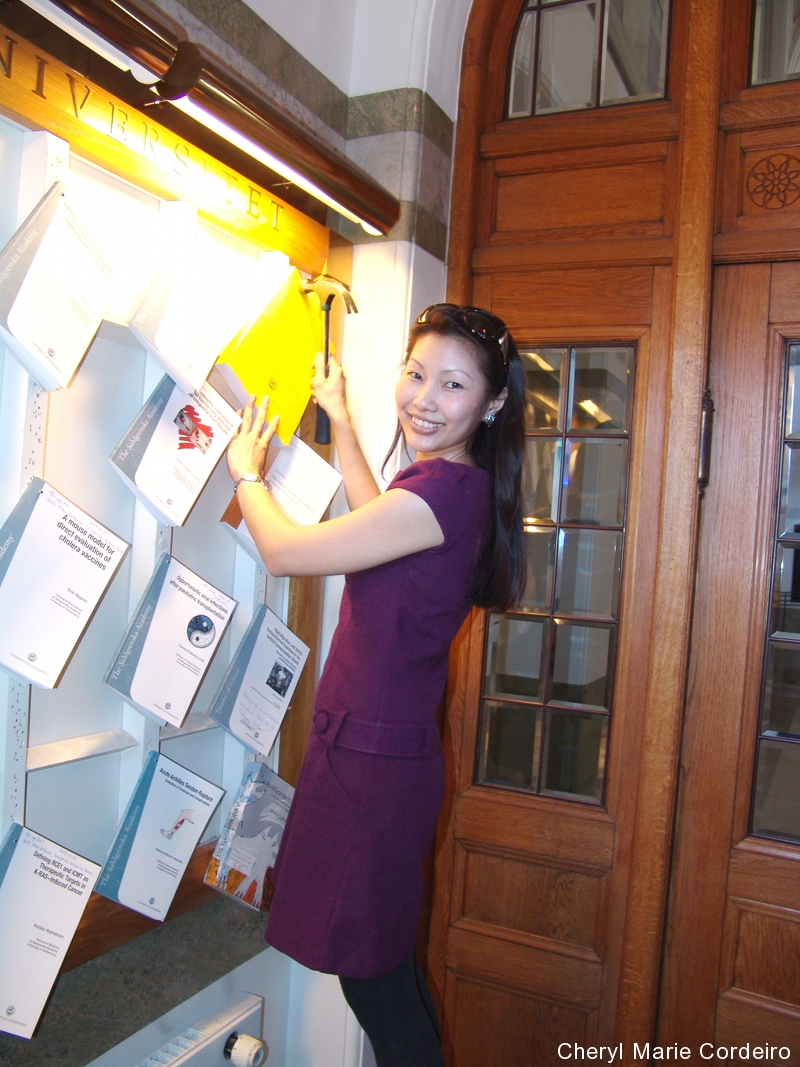
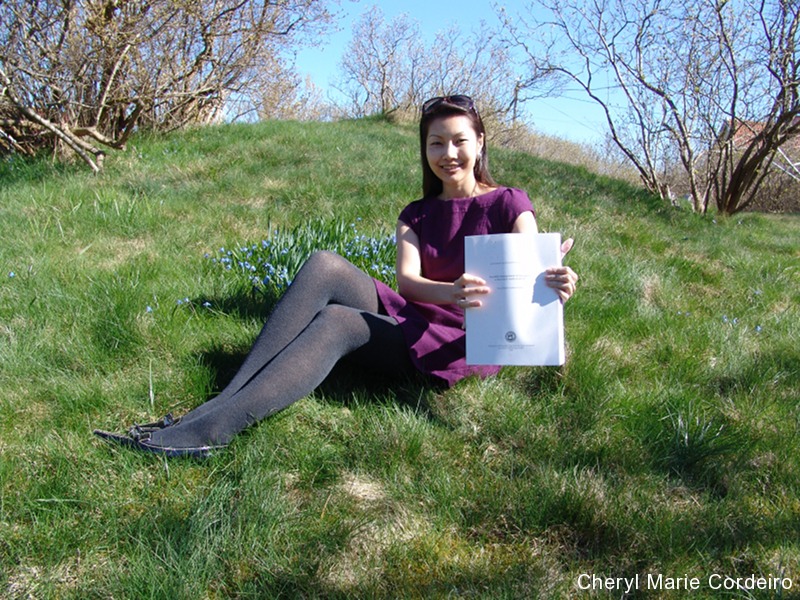
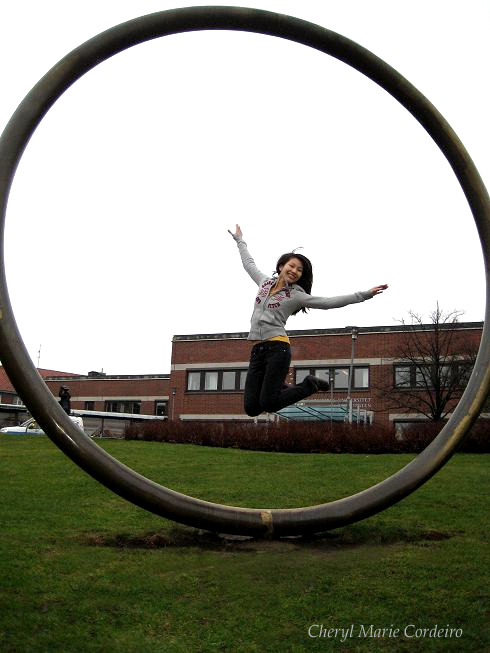
 The job of the expatriate in international job transfers is hardly an easy transition. Most Scandinavian expatriate contracts in Singapore for example average 3 years, during which time, the employees, usually at managerial level, are supposed to make adjustments along several dimensions, both in the private and public domains.
The job of the expatriate in international job transfers is hardly an easy transition. Most Scandinavian expatriate contracts in Singapore for example average 3 years, during which time, the employees, usually at managerial level, are supposed to make adjustments along several dimensions, both in the private and public domains.
